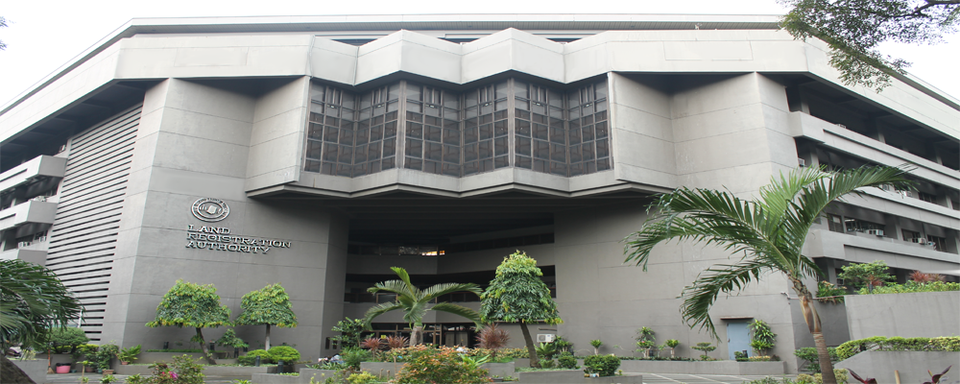
On November 6, 1902, the Philippine Commission enacted Act 496, known as Land Registration Law, that created the Court of Land Registration (CLR) and the office of the Registers of Deeds. The Law institutionalized the Torrens System of registration whereby real estate ownership may be judicially confirmed and recorded in the archives of the government. The system took effect on February 1, 1903.
Five judges were appointed by the Governor-General with the advice and consent of the Philippine Commission. One Judge was designated Judge of Court; the rest were assigned Associate Judges. Other members of the court were a clerk and assistant clerk, both appointed by the Attorney General with the approval of the Secretary of Finance and Justice. Along with the court were established the Registries of Deeds.
Upon the effectivity of Act No. 2347, the Court of Land Registration was replaced by the General Land Registration Office (GRLO), and on June 17, 1954 upon the effectivity of Republic Act No. 1151 was also replaced by the Land Registration Commission (LRC). The Commissioner of Land Registration took over the powers and functions of the GLRO who was in direct control of the Registers of Deeds (RDs) as well as the Clerks of Court of First Instance in land registration. It was then that registry of deeds was established in every city and every province and branch registry was put up wherever else possible at the time.
On February 9, 1981, the President of the Philippines issued Executive Order No. 649 reorganizing the LRC into the National Land Titles and Deeds Registration Administration (NLTDRA). This agency extended effective assistance to the Ministry of Agrarian Reform, the Land Bank of the Philippines, and other agencies in line with the Land Reform Program.
In a Presidential Memorandum Circular of September 30, 1988, the NLTDRA was changed into the Land Registration Authority. This was in line with Executive Order No. 292 dated July 25, 1987, instituting the Administrative Code of 1987, which took effect on November 23, 1989.
Thus, the Authority has grown through the years. It started as the Court of Land Registration, later as General Land Registration Office, it became the Land Registration Commission, reorganized as National Land Titles and Deeds Registration Administration, and presently as the Land Registration Authority.
Presently, the LRA is headed by the Administrator who, pursuant to Executive Order 649, shall have the same qualifications to that of an Associate Justice of the Court of Appeals. He is assisted by the Deputy Administrators who, pursuant to the LRA Rationalization Plan, shall have the same rank to that of an Assistant Secretary.
It now has more than 2500 employees nationwide and has consistently increased its revenues through its registries of deeds for the past five years. Many new methods and techniques have been developed by the administration in the defense of the landowner. Time has not stymied the purpose of the agency, but has honored its sense of duty to that of a fine new razor. In truth the authority is more active than ever, willing and able to defend the integrity of the country’s Torrens system.

